Best Practices Articles

Redefining Partner Marketing in a Fragmented Digital Ecosystem
Partner marketing has undergone a seismic transformation. Once a tactical extension of the sales process, partner marketing now sits at the core of strategic go-to-market execution. As digital acceleration reshapes how businesses operate, communicate, and buy, outdated practices can no longer support the scale and complexity of modern ecosystems.
Brands can no longer treat partners as passive collateral and campaign kit recipients. Instead, they must build partner marketing strategies that reflect the diversity and sophistication of today’s ecosystem. Managed service providers, global systems integrators, boutique consultancies, and vertical-focused resellers all require tailored, value-driven approaches. A generic email template or static landing page no longer cuts it.
Digital fragmentation compounds this challenge. Each partner may operate in different regions, verticals, or buyer segments. They use varied martech stacks, serve different personas, and follow unique customer journeys. To meet these partners where they are, brands must shift from rigid workflows to flexible, AI-enabled partner marketing frameworks that empower creativity, collaboration, and adaptability.
Technology plays a vital role. Through AI, marketing automation, and intent data platforms, vendors can deliver more innovative campaigns and scale support more effectively. However, success requires more than digital tools. It demands a cultural mindset focused on co-creation, enablement, and mutual value. Brands that fail to invest in such a partner marketing culture risk falling behind.
This article explores the five essential shifts shaping the future of partner marketing: moving beyond legacy models, using AI for dynamic personalization, empowering the mid-market, modernizing through-channel marketing automation, and fostering a collaborative partner-first culture. Together, these shifts define the foundation of an adaptive, scalable, and high-performing partner marketing strategy in the digital era.
1. Moving Beyond Legacy Partner Marketing Models
Legacy partner marketing relied on scale, not relevance. Vendors distributed “campaigns in a box,” standardized decks, and email templates, assuming partners would use them without modification. These tactics prioritized ease for the vendor over utility for the partner.
This approach no longer works. Modern partner marketing must account for differences in industry, geography, partner type, and buyer journey. Financial services firms require one message; education, healthcare, or retail require another. When brands send uniform assets to all partners, they disengage the audience they seek to activate.
Partner expectations have also evolved. Many have grown into sophisticated marketers themselves. Whether they maintain in-house marketing staff or contract agencies, they assess partner marketing content with the same scrutiny as their branded campaigns. Poorly aligned messaging or clunky templates get ignored—and eventually, so does the vendor who sent them.
Too often, brands concentrate partner marketing support on a few top-tier players. While these partners may drive current revenue, they are not always the source of future growth. If given the right tools, mid-market and emerging partners can offer faster innovation and stronger regional performance. Unfortunately, rigid legacy frameworks often fail to engage this long tail.
To rebuild partner marketing with impact, brands must focus on modular content that adapts to industry needs and buyer stages. Campaign kits must evolve into interactive tools that allow partners to personalize messaging, choose the proper format, and deploy across their preferred platforms. Vendors must also solicit partner feedback and continuously use performance analytics to improve content.
The shift away from outdated partner marketing doesn’t imply more work. It means better results from the same effort. By focusing on relevance and flexibility, brands increase engagement and multiply their return on investment across their entire partner base.
2. Using AI to Personalize and Scale Partner Marketing
Artificial intelligence now plays a transformative role in partner marketing. Vendors can no longer rely solely on static templates or generic workflows. They must use AI to enable real-time personalization, more intelligent segmentation, and predictive insights that improve partner campaign performance.
AI enhances partner marketing in several ways. First, it allows brands to generate vertical-specific content dynamically. A cybersecurity partner selling to healthcare can instantly receive assets that are different from those targeting financial institutions. Vendors no longer need to produce dozens of variations manually; AI handles that at scale.
Second, AI improves partner marketing execution. Predictive analytics optimize send times, refine messaging, and identify high-propensity buyer behaviors. Based on historical data and behavior patterns, vendors can recommend next-best actions or surface high-performing campaigns to specific partners.
Third, AI supports better personalization across the partner journey. Portals can adapt to show each partner the most relevant training, campaigns, and tools based on their role, tier, or performance. A new VAR exploring cloud services should not see the same materials as a GSI specializing in DevOps transformation. Innovative partner marketing experiences reduce friction and increase adoption.
AI also transforms how vendors measure impact. Real-time dashboards show which assets partners download, customize, or deploy. Vendors no longer wait for quarterly feedback. They can improve partner marketing content iteratively based on live engagement data.
That said, AI is not a silver bullet. It only works when vendors train their teams, govern their data, and provide partners with the support to use AI tools effectively. Even the most sophisticated AI falls short without clean partner segmentation or feedback mechanisms.
Used wisely, AI elevates partner marketing from a logistical function to a strategic differentiator. It enables brands to deliver more personalized support, empower partners of all sizes, and scale intelligent campaigns across a fragmented ecosystem.
3. Supporting Mid-Market Partners through Scalable Partner Marketing
Mid-market partners often sit in the most dynamic part of the ecosystem. They balance growth ambition with agility, yet many receive less partner marketing support than their larger counterparts. Brands that overlook this segment miss significant opportunities for scalable revenue.
To support these partners, brands must simplify partner marketing resources without diluting impact. On-demand training, lightweight content builders, and modular campaign assets empower mid-sized partners to execute without overwhelming their small teams.
Brands must also provide strategic education. Many mid-market partners understand their customers deeply but may lack advanced marketing knowledge. Rather than teaching them how to build entire campaigns from scratch, vendors should explain why SEO matters, how social targeting works, and where demand generation fits into the buying journey.
Modern partner marketing strategies should also promote shared ownership. Vendors must invite mid-market partners to co-create campaign messaging, plan regional events, and execute digital plays. This collaboration increases campaign activation and deepens commitment to shared outcomes.
Traditional MDF programs also need rethinking. Accrual-based models often fail because the funds remain unused or expire. Brands should shift toward proposal-based MDF and encourage partner collaboration. When several mid-market partners pool their resources, they can co-host events, run regional campaigns, and fund integrated campaigns more effectively.
Measurement also matters. Rather than only tracking leads, vendors should evaluate asset usage, portal logins, campaign deployments, and training completions. These metrics offer early indicators of partner marketing success and help refine programs in real time.
Vendors unlock new momentum and achieve broader geographic or vertical coverage by equipping mid-market partners with scalable partner marketing support. These partners don’t need hand-holding—they need strategic resources that fit their pace and ambition.
4. Evolving Through-Channel Marketing Automation for the Modern Partner
Through-channel marketing automation (TCMA) platforms once promised to streamline partner marketing. But without modernization, many platforms today feel outdated, clunky, or irrelevant. To serve today’s partners, vendors must redesign these systems to be intuitive, dynamic, and insight-driven.
TCMA platforms must prioritize ease of use. Partners need intuitive dashboards, guided onboarding, and innovative search features that surface the right assets quickly. When systems frustrate partners, adoption plummets—and so does partner marketing ROI.
Dynamic customization should come standard. Partners should be able to co-brand landing pages, swap messaging modules, and personalize email copy without opening a support ticket. AI can suggest high-performing variations based on industry or buyer persona.
Integration must also improve. TCMA platforms must connect to CRM systems, ad platforms, and analytics dashboards. Partners shouldn’t need to toggle between disconnected tools. Integrated platforms create seamless workflows and stronger campaign execution.
Real-time reporting transforms how vendors and partners manage partner marketing. Dashboards should show asset engagement, campaign results, and customer behavior. These insights allow vendors to coach partners more effectively and refine their content strategies.
TCMA platforms must also support role-based experiences. A new partner launching their first campaign needs guidance that is different from that of a mature partner automating quarterly demand generation. Innovative interfaces must adapt accordingly, creating a personalized partner marketing experience.
By evolving TCMA platforms, vendors turn underused systems into engines of growth. They make it easier for partners to activate marketing plays, deliver results, and stay aligned with vendor strategy.
5. Building a Collaborative Culture Around Partner Marketing
While technology and content matter, culture remains the backbone of partner marketing success. Brands must foster a culture where partners feel heard, supported, and empowered—not micromanaged or forgotten.
The first step involves active listening. Vendors should maintain regular feedback loops, not just annual surveys. Partner advisory boards, live discussions, and embedded feedback widgets can reveal program gaps and content needs before they escalate.
Co-creation lies at the heart of a collaborative culture. Vendors should invite partners to participate in message development, campaign testing, and asset prioritization. When partners shape the output, they commit more fully to promoting it.
Recognition fuels engagement. Brands should highlight innovative partner marketing efforts in newsletters, webinars, and social channels. These stories inspire peers and create a competitive but collaborative spirit across the ecosystem.
Transparency builds trust. Vendors must communicate clearly about MDF allocation, performance expectations, and program goals. When partners understand how decisions get made, they engage more openly.
Scalable support matters, too. Not every partner needs the same service depth, but every partner deserves relevant support. Brands must invest in intelligent segmentation and deliver resources proportional to potential—not just revenue.
Leadership must reinforce this mindset. When CMOs and CROs champion partner marketing as a strategic priority, resources and results follow. The partner marketing team should report progress regularly and celebrate joint wins across the organization.
A collaborative culture does not arise from content alone. It stems from how vendors treat partners in every interaction. Vendors who champion collaboration transform partner marketing from a cost center into a strategic multiplier.
Conclusion
The future of partner marketing demands reinvention. Brands must replace rigid, generic strategies with adaptable, personalized, and AI-enabled approaches that reflect today’s fragmented market reality.
Partner marketing cannot operate as a backend function. It must lead as a growth enabler, working across teams, tools, and partners to deliver consistent value. Brands must equip all partner tiers—especially the mid-market—with intelligent resources that scale without sacrificing relevance.
AI will continue to unlock efficiency and insight. But brands must balance automation with human creativity. Technology supports strategy. People still drive it.
TCMA platforms, when modernized, serve as powerful hubs. They deliver not just content but intelligence. They do not replace partner marketing teams—they amplify them.
Most importantly, culture drives everything. A brand that listens, collaborates, and evolves with its partners builds more than a program. It builds trust. It builds loyalty. It builds momentum.
In a fragmented digital ecosystem, partner marketing must act as the connective tissue—linking vendor priorities with partner capabilities and customer expectations. Brands that understand this role, invest accordingly and lead with empathy will define the next decade of growth.
Best Practices Guidebook
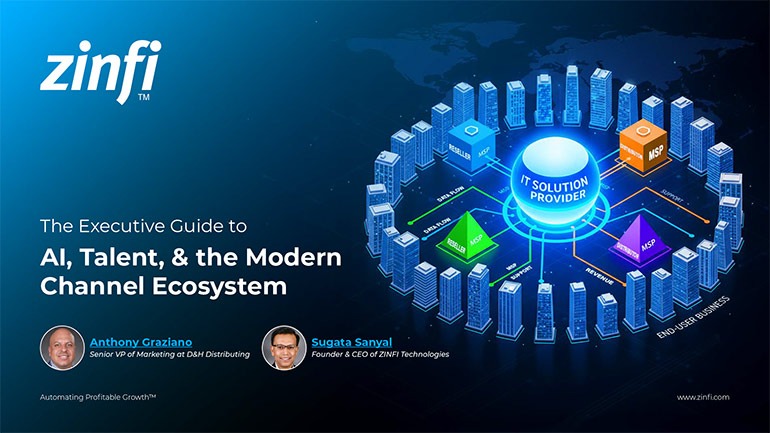 Modernizing Channel Marketing: AI and Ecosystem Enablement Best Practices
Modernizing Channel Marketing: AI and Ecosystem Enablement Best PracticesDownload for FREE
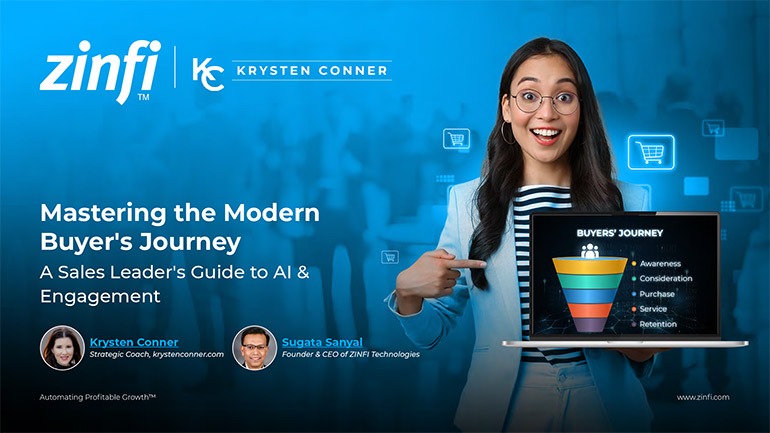 The Channel’s Shift to Partner-Led With AI Best Practices
The Channel’s Shift to Partner-Led With AI Best PracticesDownload for FREE
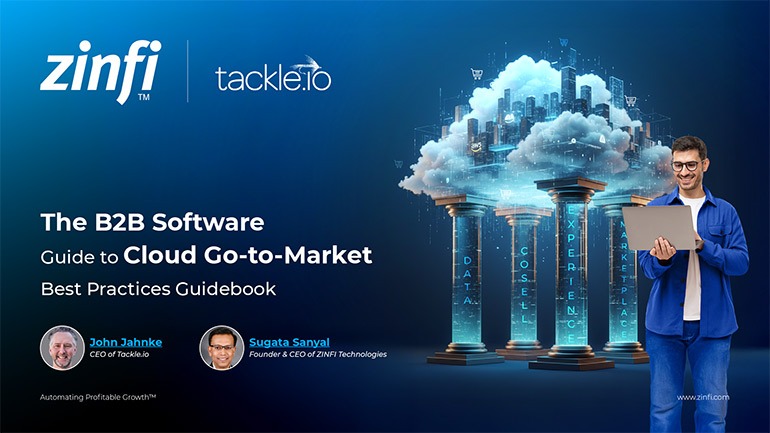 Hyperscalers, ISVs, and AI: Shaping the Future of B2B Software Distribution
Hyperscalers, ISVs, and AI: Shaping the Future of B2B Software DistributionDownload for FREE
 Definitive Guide to a Partner Ecosystem-First Sales Strategy
Definitive Guide to a Partner Ecosystem-First Sales StrategyDownload for FREE
 The Partner-Led Digital and AI Transformation Best Practices
The Partner-Led Digital and AI Transformation Best PracticesDownload for FREE
 Startup Talent Recruitment: Hiring Missionaries, Not Mercenaries
Startup Talent Recruitment: Hiring Missionaries, Not MercenariesDownload for FREE
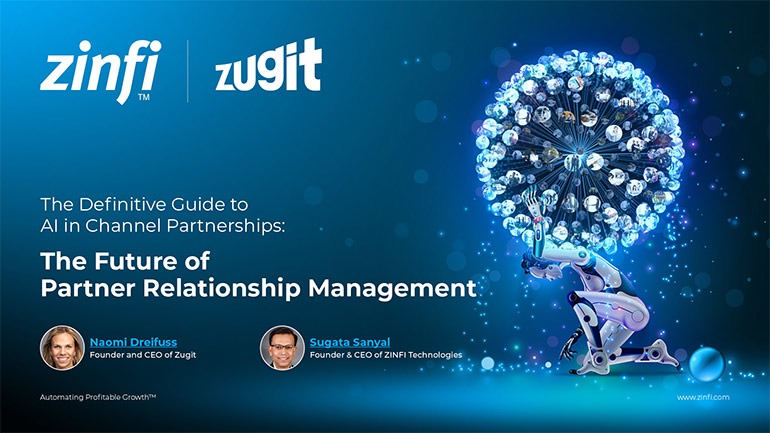 The Future of Partner Relationship Management with AI in Partnerships
The Future of Partner Relationship Management with AI in PartnershipsDownload for FREE
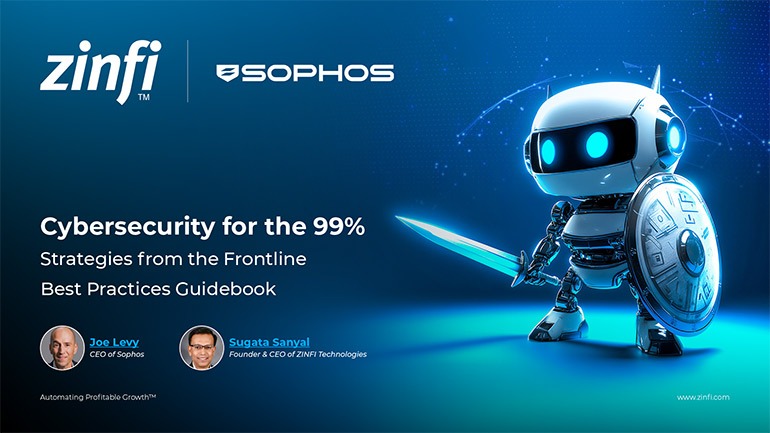 Cybersecurity for the 99%: Strategies from the Frontline
Cybersecurity for the 99%: Strategies from the FrontlineDownload for FREE
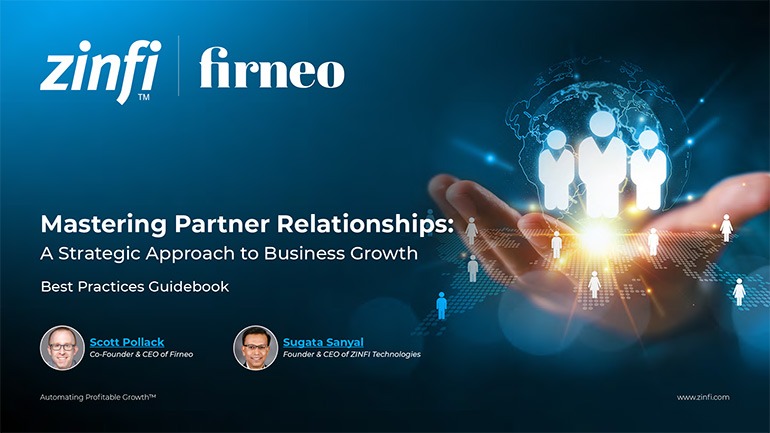 Mastering Partner Relationships: A Strategic Approach to Business Growth
Mastering Partner Relationships: A Strategic Approach to Business GrowthDownload for FREE
 Mastering Partner Relationship Management: Keys to SaaS Channel Success
Mastering Partner Relationship Management: Keys to SaaS Channel SuccessDownload for FREE
 Navigating the AI Revolution: Guide for Partners in the Microsoft Ecosystem
Navigating the AI Revolution: Guide for Partners in the Microsoft EcosystemDownload for FREE
 Mastering the Modern Buyers Journey: Sales Leader’s Guide to AI & Engagement
Mastering the Modern Buyers Journey: Sales Leader’s Guide to AI & EngagementDownload for FREE










